Bridge on implants

specialists

equipment

treatment

Advantages of a dental bridge on implants
- Strong and stable fastening, ensuring durability of the structure
- Preventing bone atrophy
- Appearance as close as possible to natural teeth
- Long service life (more than 10 years)
- Ability to withstand loads comparable to natural teeth
- Minimal impact on adjacent teeth and adjacent tissues
- Convenience and comfort of use, comparable to the sensation of your own teeth
- Fast installation process with one-stage implantation and no need for temporary prostheses
Disadvantages of a dental bridge on implants
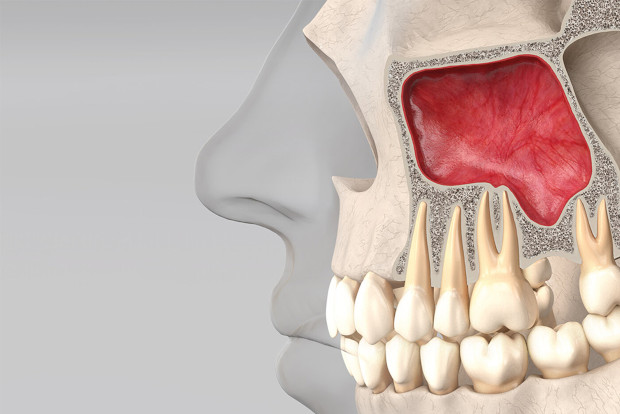
Despite numerous advantages, there are a number of disadvantages of bridges on implants. Among them:
- The need for surgery to install implants, which involves certain risks and a long recovery period
- Relatively high cost of the procedure compared to traditional removable dentures
- Risk of bone atrophy in areas not occupied by implants, especially when using long bridges
- Presence of medical contraindications to implantation
It is important to choose an experienced doctor and a modernly equipped clinic. This will significantly reduce the likelihood of errors during the implantation process, which can lead to serious complications.
Selection of materials for implantation of bridges
Implant-supported bridges are made from different materials.
The selection of material for the manufacture of a bridge depends on the individual preferences of the patient, his functional needs and financial capabilities. Each material guarantees effective and high-quality dental restoration.
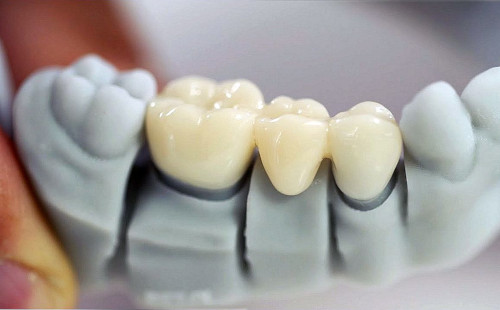
Advantages and features of materials:
- Metal ceramics Combines a metal base and ceramic coating. It is highly durable and economical. The disadvantages include possible oxidation of the metal, which can change the color of the gums
- Ceramic crowns They do not have metal elements. They are chosen for their high aesthetics and natural appearance, especially for the front part of the dentition. They are less durable than metal ceramics, but are great for creating a Hollywood smile
- Zirconium crowns Provide exceptional durability and aesthetics. They are suitable for restoring all groups of teeth and have a long service life, but their cost is higher compared to other materials
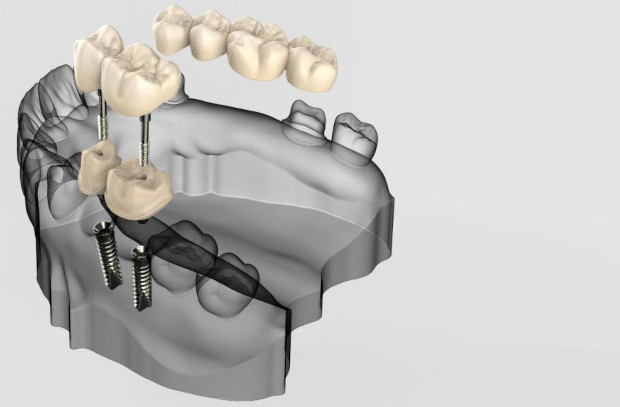
It is recommended to install a dental bridge on implants if the following indications are present:
- Multiple missing teeth in one area of the mouth
- Inadequate condition of adjacent teeth for use as support
- Loss of supporting teeth, tooth decay, large fillings or mobility
- Sufficient volume of bone tissue for implantation
The most common reason why patients want to install a dental bridge is the desire to restore a beautiful smile and the functionality of lost teeth.
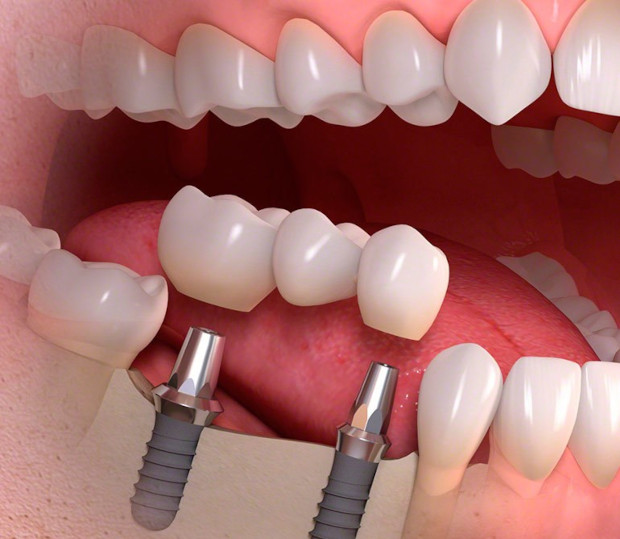
It is prohibited to install a bridge on implants if the patient has the following conditions:
- Serious cardiovascular diseases
- Chronic diseases
- Respiratory diseases, including tuberculosis
- Problems with blood coagulation, low healing rate
- Autoimmune disorders
- Infectious diseases (HIV, AIDS, hepatitis)
- Oncology, recent chemotherapy courses
- Diabetes
- Periodontitis and gingivitis
- Impairments in the structure and regeneration of bone tissue, such as osteoporosis or periodontal disease
These conditions increase the risk of complications during and after implantation, so the doctor takes them into account when planning treatment.
General information about the procedure
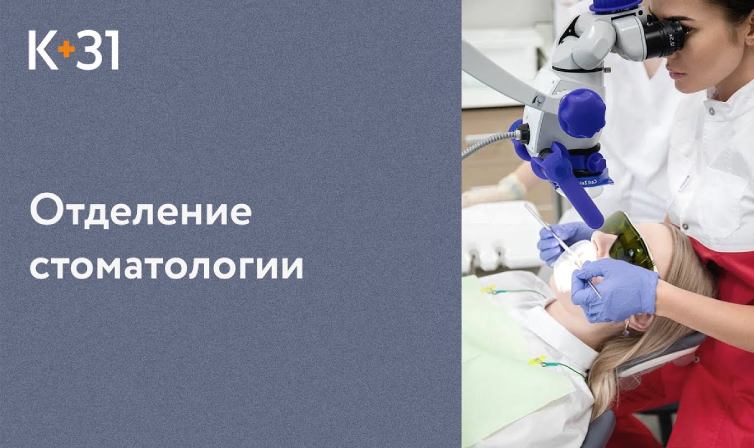
Modern methods of diagnostics and dental treatment at "K+31"
Methods for installing a bridge on implants
The choice of method for fixing a dental bridge is determined individually, based on the condition of the oral cavity and the needs of the patient.

Fixation of dental bridges on implants depends on the number of missing teeth:
- In the absence of two teeth (Bridge on implants for 2) It is not recommended to use one implant for two crowns due to the risk of rapid wear. It is preferable to restore each tooth separately: each implant has its own crown
- In the absence of three teeth (Bridge on implants for 3) Two implants are installed, onto which a bridge consisting of three crowns is fixed. The two outer crowns are attached to implants, and the central one is hinged
- In the absence of four teeth (Bridge on implants for 4) To ensure reliability and prevent bone atrophy, three implants are used. A bridge of four crowns is fixed on them. In the smile area, where pressure is minimal, it is possible to install a bridge with two implants
- In the absence of five or more teeth The structure is fixed on at least three implants. One hinged crown is placed between two implants. The doctor takes into account chewing force and pressure to prevent bone atrophy
Our doctors

This award is given to clinics with the highest ratings according to user ratings, a large number of requests from this site, and in the absence of critical violations.

This award is given to clinics with the highest ratings according to user ratings. It means that the place is known, loved, and definitely worth visiting.

The ProDoctors portal collected 500 thousand reviews, compiled a rating of doctors based on them and awarded the best. We are proud that our doctors are among those awarded.
Make an appointment at a convenient time on the nearest date
Price
Other Services















































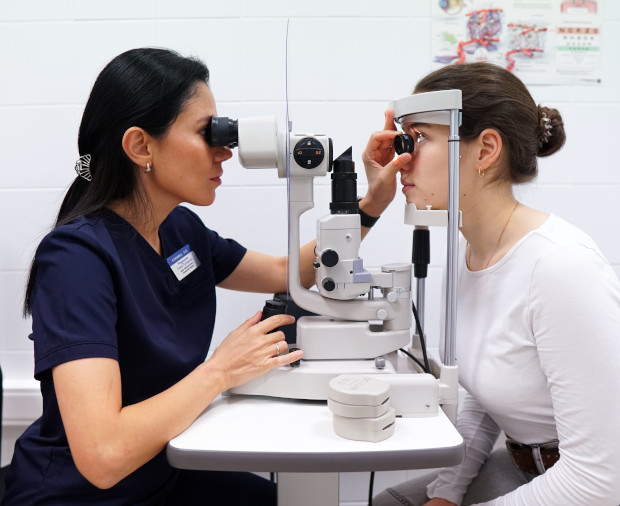


Features of bridges on implants
The main feature of a bridge on implants is the method of attachment. Traditional bridges require grinding and nerve removal of adjacent teeth to install them. A bridge on implants eliminates the need to interfere with adjacent healthy teeth, which preserves their integrity and health.
Compared to classical implantation, where a separate artificial root is installed for each missing tooth, an implant bridge involves the use of fewer artificial supports. They are usually installed under the outermost elements of the bridge. Intermediate teeth are restored using hinged crowns, which are part of the bridge. This makes the procedure less invasive and more affordable. In addition, it provides long-lasting results and restores the aesthetics of your smile.